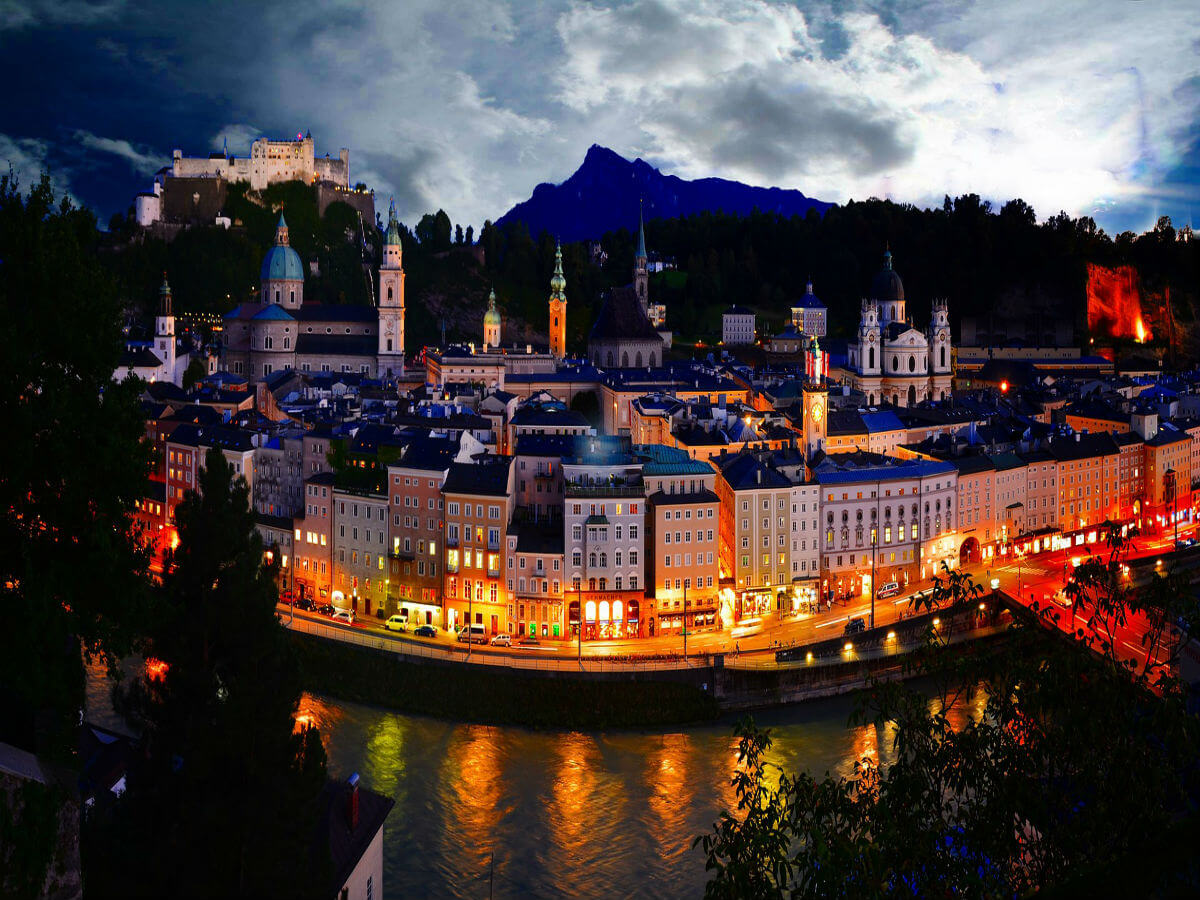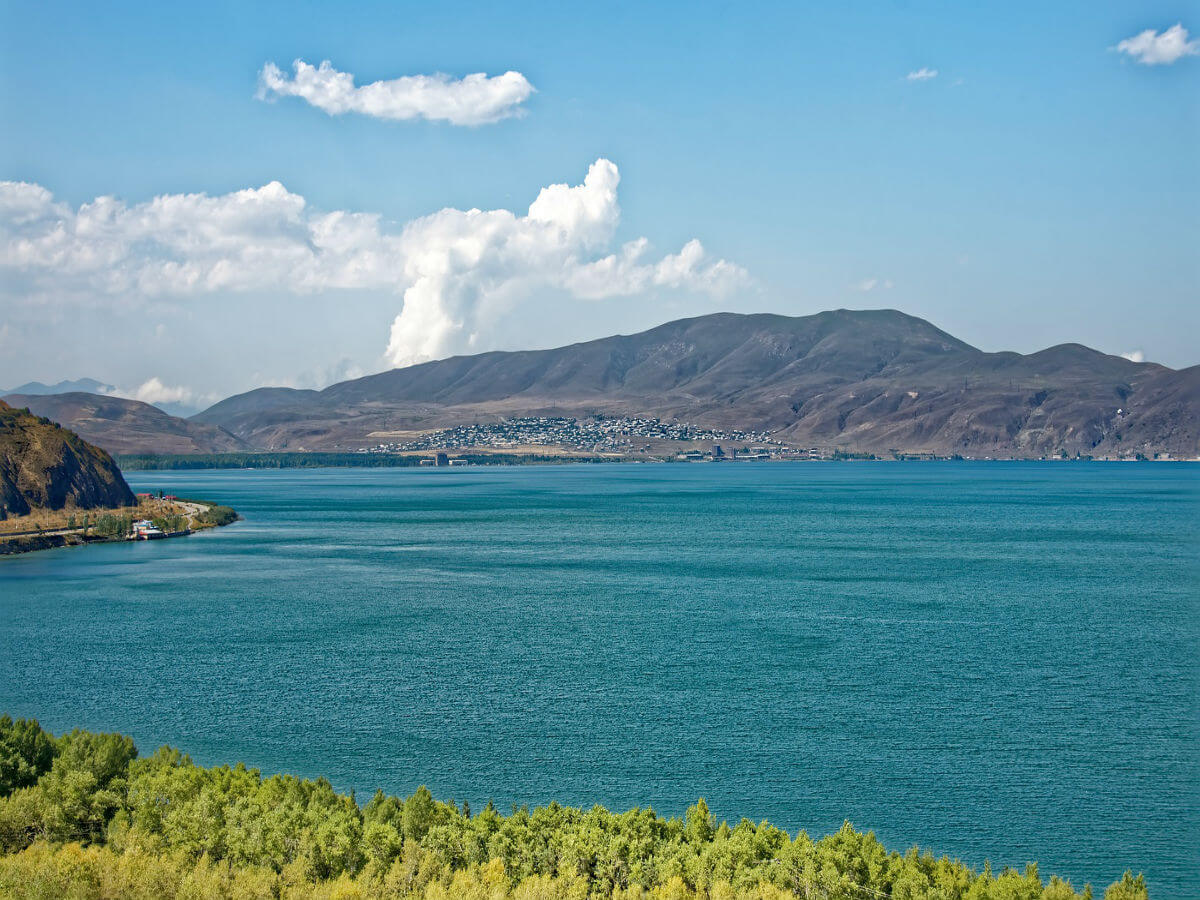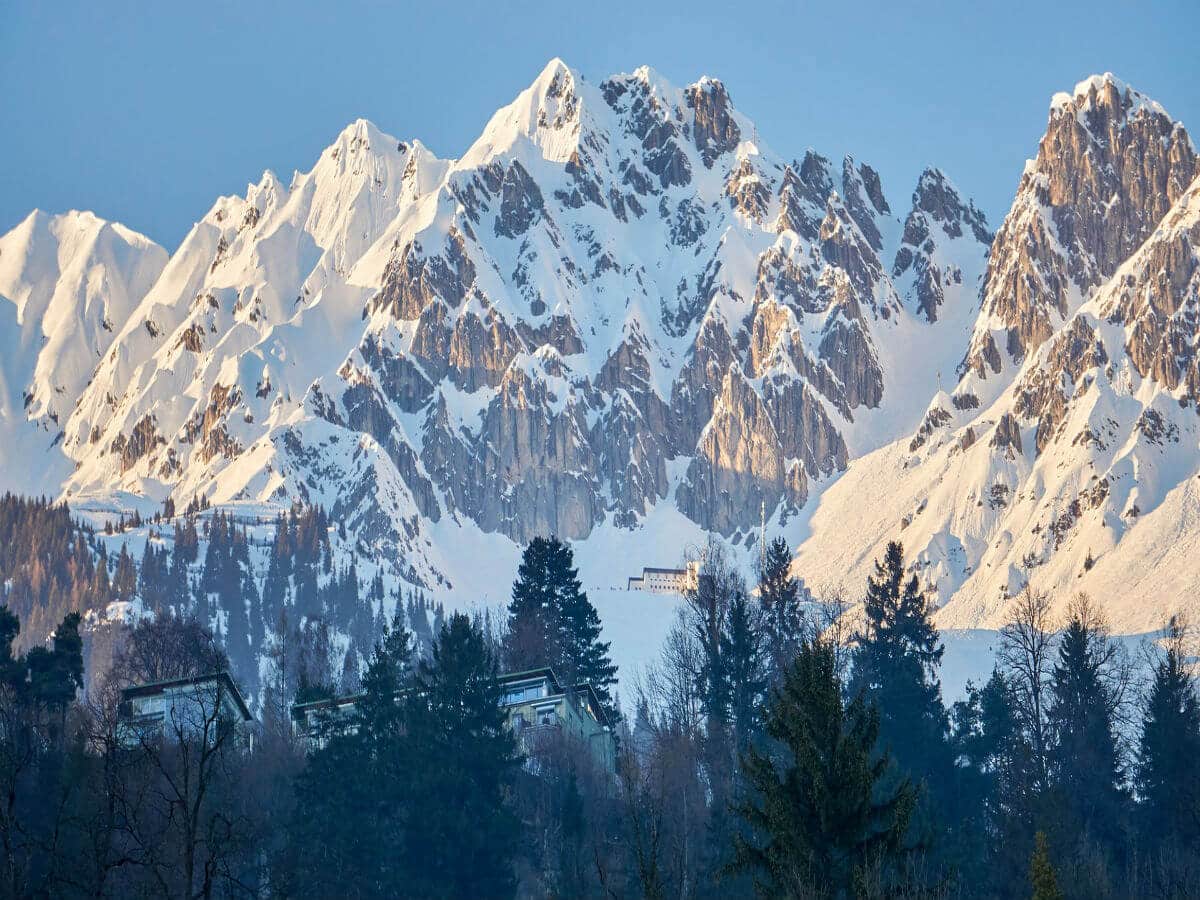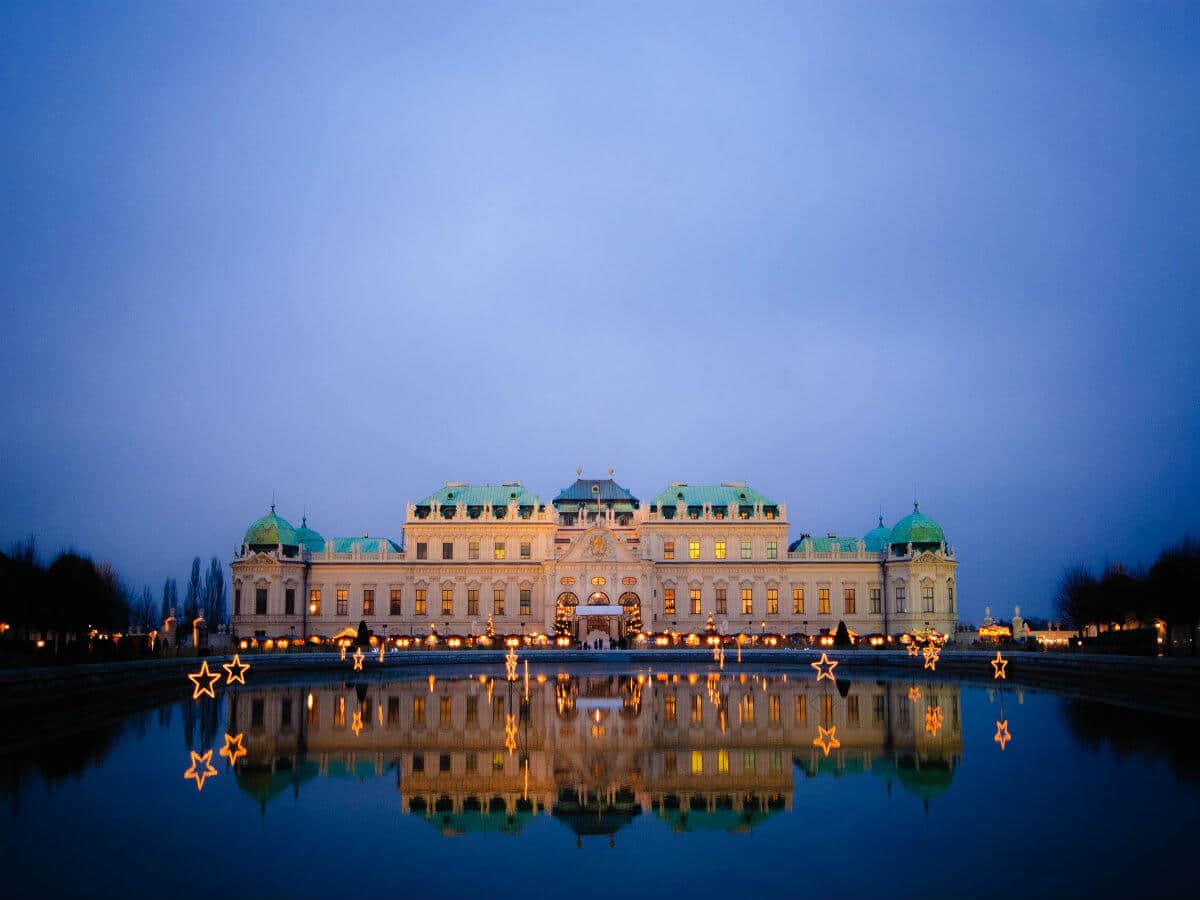Austria has four distinct seasons, with each offering a unique experience to travellers. The country’s topography and geographical location create eclectic climatic conditions. For example, the temperature during the month of July rises to 24 degrees Celsius and falls to as low as -7 degrees Celsius in January and February.
While the summer season in Austria provides ideal weather for sightseeing, the spring season is perfect for exploring the cities and natural landscapes. Winter is the season to go for those looking to indulge in adventure sports. Autumn welcomes vibrant golden, brown, and red hues for tourists to experience the wilderness.
The peak season in Austria lasts from June to August. While the off-season lasts from November to March, the shoulder season is from April to May and September to October. Let’s look at what each season in Austria brings about so you can decide when to book our Austria tour packages accordingly.
The temperature in Austria’s spring season oscillates between 9 degrees Celsius and 15 degrees Celsius. Although it’s cold now, it’s not so cold that you can’t explore the country. During this season, the snow begins to melt, and the leaves begin to grow again on the trees.
Since spring is a shoulder season in Austria, finding accommodation on a reasonable budget with our Austrian tour packages is possible. This is the best time to go hiking and witness the forests and meadows of Austria. Be sure to carry some woollen clothes, as March can get pretty chilly. Also, take an umbrella as unexpected rainfall can occur during April. The festivals to witness in Austria during spring include the Styrian Spring Festival, the Genuss Festival Food Fair, and the Salzburg Whitsun Festival.
During the summer, Austria’s temperature remains between 17 degrees Celsius and 22 degrees Celsius. With the days being longer and the weather being beautiful, most people consider this the best season to visit Austria. Remember to pack summer clothes such as T-shirts, shorts, and light dresses. If you’re planning to attend a carnival during your vacation with our Austria tour packages, make sure also to pack some party attire.
Since this is the country’s peak season, accommodation can get quite expensive. Therefore, make your bookings in advance. Be sure to carry sunscreen, sunglasses, an umbrella, and enough water when you go sightseeing. The summer festivals in Austria are the Vienna Festival, the Vienna Pride Parade, the Salzburg Festival, the Vienna Summer Music Festival, the Innsbruck Festival of Early Music, and the Bregenz Festival.
The temperature fluctuates between 10 degrees Celsius and 15 degrees Celsius during the autumn season in Austria. The weather is neither too hot nor too cold at this time, with a bit of rainfall in between, especially in November. Since September and October are a part of the shoulder season, the hotels are available at affordable rates. This is when you can explore the landscapes without the country being too crowded.
The weather is pleasant, so outdoor activities such as hiking and cycling are possible. Festivals and events held in Austria during the autumn season include the Vienna Fashion Week, Viennale, and Bonbon Ball.
During the winter season in Austria, you can expect the temperature to remain between -7 degrees Celsius and 5 degrees Celsius. Since Austria is close to the Alps, there is heavy snowfall during this time, and the visibility often drops on certain days because of the fog. There are various adventure sports you can try out during this time, such as snowboarding and skiing.
If you’re visiting the country during January to go skiing, we recommend you get a resort in the mountains so that you can easily access the ski area. Make sure to carry plenty of woollen clothes, as the temperature drops quite significantly during Austrian winters.



















